#Landskrona Castle
Photo



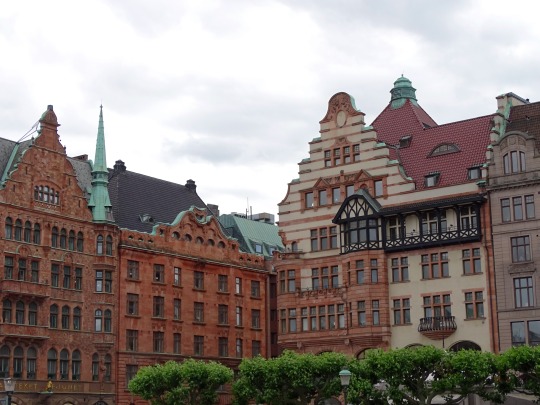

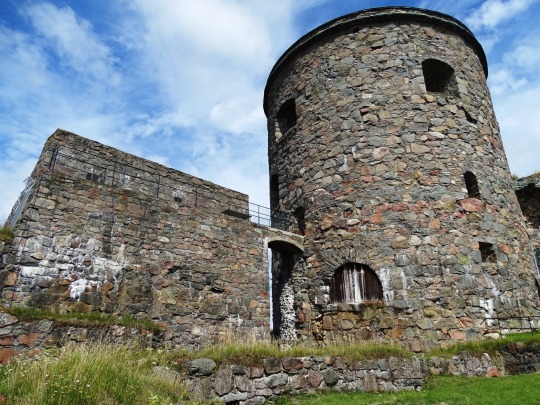
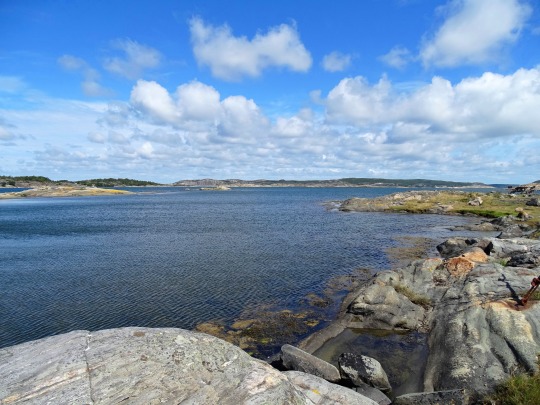
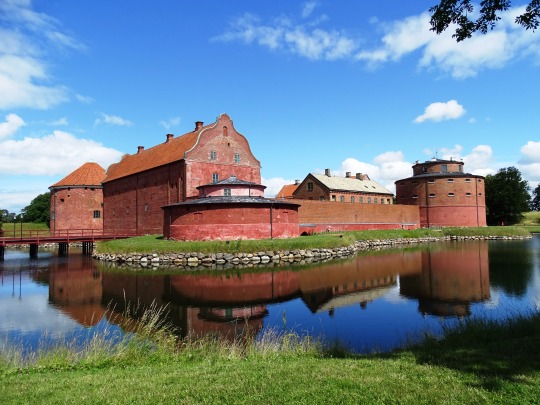

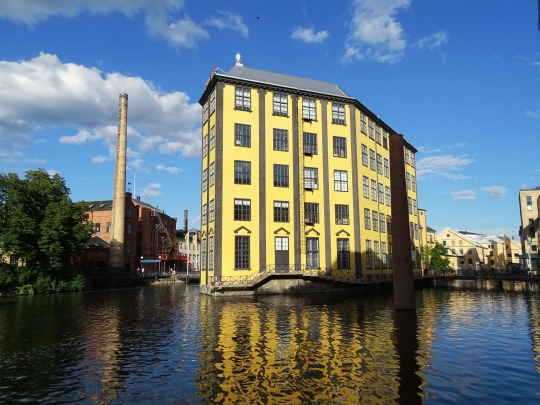
The National Day of Sweden (Swedish: Sveriges nationaldag) is a national holiday observed annually in Sweden on 6 June.
#Bohus Fortress#Norrköping#Byrums Raukar#Öland#Malmö#travel#Landskrona Castle#Smögenbryggan#Kattegat#Lake Överuman#Swedish Lapland#Old Uppsala Archaeological Area#landscape#cityscape#archaeology#Swedish history#countryside#vacation#summer 2020#Sverige#Sweden#Scandinavia#Northern Europe#National Day of Sweden#6 June#Sveriges nationaldag
27 notes
·
View notes
Text
First post!
So, the first post. I will share my experiences about the world in the fantasy genre, which I have been thinking about for a long time and trying to work out as much as possible. Here is the coat of arms and flag of the Grand Duke, Imperial Land Marshal, Prince of Landkronsky and so on and so on, Surcouf Wenzl Austerling. This worthy man of his fatherland was able to rise from sergeants, earning the fame of a wise ruler and an invincible commander, ready to pay not only with silver, but also with his own blood for his ambitions and dreams, going forward, serving the emperor and the people of the empire faithfully, in the name of angels, honor and glory!
However, Surkuf was nicknamed the Black Devil with a heart of stone for his cruelty in suppressing the uprisings of vassals who did not want to put up with the power of a native of the lower classes, who shot up to the top of fame. Their castles were taken by the Black Company and auxiliary troops and given to the closest associates of the Grand duke, noble houses were cut out, the boundaries of the possessions were changed. Surcouf often "calls for a bad war" when noble warriors are not captured, contrary to the established tradition of capture and subsequent ransom by the captive's relatives. This created a reputation for Austerling as a man of superior talents, but capable of great cruelty.
However, it was not only the war that glorified the name of the grand prince: he actively attracted scientists and masters of drawing, sculpture, architecture, members of the conclave of mechanics to his lands to develop his barren, but ore-rich mining possessions, to perpetuate the glory of his region. Even the elves from the colonies, who had remained in the New World since time immemorial, the possessions of humans and other inhumans, were received at his court as dear and long-awaited guests. The Lord of the Landskrona does not care what race his subject belongs to, as long as he pays taxes, honors the laws, behaves with dignity and is ready to fight for his land and the grand prince, thanks to which xenophobic pogroms on his lands are rare. Meticulous in business, he tries to delve into everything from brewing to casting guns. He also issued decrees that his subjects could cut down forests on his estates, which were not considered land-based, for construction and harvesting firewood, and fish, which eased the situation of the peasants. In response, they worked better, bringing their gracious lord more income, which went to new construction, urban development and the maintenance of a regular army of 25 thousand people with the ability to quickly mobilize another 45 thousand. A reasonable internal policy, friendship with the emperor, the ability to negotiate with neighbors not only with the sword, but also with words and money, allowed the new house to firmly take root in its possessions and stand on a par with the ancient and venerable houses of the empire.
This is the basic information about the character, which I will gradually supplement.
Итак, первый пост. Поделюсь наработками о мире в жанре фэнтези, о котором долго думал и стараюсь по возможности проработать. Перед вами герб и флаг князя-гранда, имперского Ланд-маршала, князя Ландкронского и прочее и прочее, Сюркуфа Венцля Аустерлинга. Сей достойный муж своего отечества смог подняться из сержантов, заслужив славу мудрого правителя и непобедимого полководца, готового платить не только серебром, но и собственной кровью за свои амбиции и мечты, идя вперёд, служа императору и народу империи верой и правдой, во имя ангелов, чести и славы!
Однако, прозвали Сюркуфа Черным дьяволом с каменным сердцем за его жестокость в подавлении восстаний вассалов, не пожелавших мириться с властью выходца из низов, стрелой взлетевшего на вершину славы. Их замки были взяты Черным отрядом и вспомогательными войсками и отданы ближайшим сподвижникам князя-гранда, знатные дома вырезаны, границы владений изменены. Сюркуф часто "призывает плохую войну", когда знатные воины не берутся в плен вопреки сложившейся традиции пленения и последующего выкупа родственниками пленника. Это создало Аустерлингу репутацию человека высших талантов, но способного на великую жестосердность.
Однако, не только война прославила имя князя-гранда: он активно привлекал в свои земли учёных и мастеров рисунка, скульптуры, архитектуры, членов конклава механики для разработки своих бесплодных, но богатых рудой горных владений, для увековечивания славы своего края. Даже эльфы из колоний, оставшиеся с незапамятных времён в Новом мире, владениях людей и иных нелюдей, были приняты при его дворе как дорогие и долгожданные гости. Владыке Ландскроны плевать к какой расе принадлежит его подданный, пока тот платит налоги, чтит законы, ведёт себя достойно и готов сражаться за свою землю и князя-гранда, благодаря чему ксенофобные погромы на его землях – редкость. Дотошный в делах, он старается вникать во все дела, от пивоварения до литья пушек. Им же были изданы указы о том, что подданные могут рубить в его поместьях лес, не считающийся карабельным, для строительства и заготовки дров, ловить рыбу, что облегчило положение крестьян. В ответ они работали лучше, принося своему милостивому господину больший доход, шедший на новое строительство, развитие городов и содержание регулярной армии в 25 тысяч человек с возможностью быстро мобилизовать ещё 45 тысяч. Разумная внутренняя политика, дружба с императором, способность договориться с соседями не только с помощью меча, но и с помощью слов и денег, позволили новому дому твердо укорениться в своих владениях и встать в один ряд с древними и почтенными домами империи.
Это базовая информация о персонаже, которую я буду постепенно дополнять.
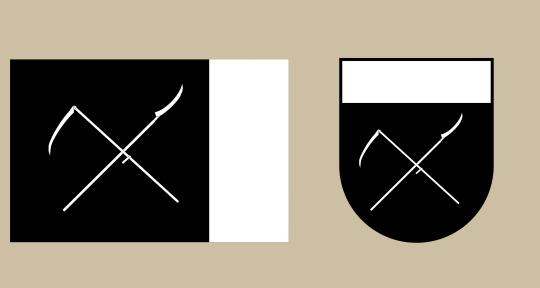
2 notes
·
View notes
Text
Daily Swedish Lesson #83

Subject: Translating Ikea names pt. 2
(pt. 1 can be found here)
Askeby - ash village
Utespelare - outside player
Frötorp - seed cottage
Småstad - small city
Bestå - (to) last
Målvakt - guard of the goal
Gladstad - happy town
Dunvik - downbay
Kura - to curl up together
Lagkapten - captain (of a sports team)
Landskrona - crown of the country
Hjälpa - to help
Gruppspel - team game
Närspel - close game
Fröslöv - seed leaves
Starkvind - strong wind
Flintan - the flintstone
Grundsjö - shallow lake
Stigbjörn - path bear
Uppspel - try out
Bestå - to remain
Kallhäll - cold flat rock
Kallax - bare salmon
Sportslig - sporting
Bror - brother
Swedish fact of the day:
Most of Sweden's national library and royal archives were destroyed when the castle (Tre Kronor, palace in Stockholm) burned down in 1697, making the country's early history unusually difficult to document. By then, the castle was already around 400 years old, but it was made out of wood and copper and therefore burned down quickly.
Source
#daily swedish lesson#swedish fact of the day#langblr#learning swedish#language learning#balloons-and-shadows#swedish vocab#svenska#swedish#swedish langblr
47 notes
·
View notes
Text
Landskrona citadel Part I
Landskrona citadel Part I

As I said in my last post, I suddenly got a whim of photographing castles, yet it was raining here at home. I drove to the Landskrona Citadel that I’ve never been to. Unfortunately, I came a little late for the last tour indoors, so there were only photos outside the citadel.
But the citadel from the 16th century is so beautiful so I split my posts. I knew from photos that this is a wonderfully…
View On WordPress
0 notes
Photo

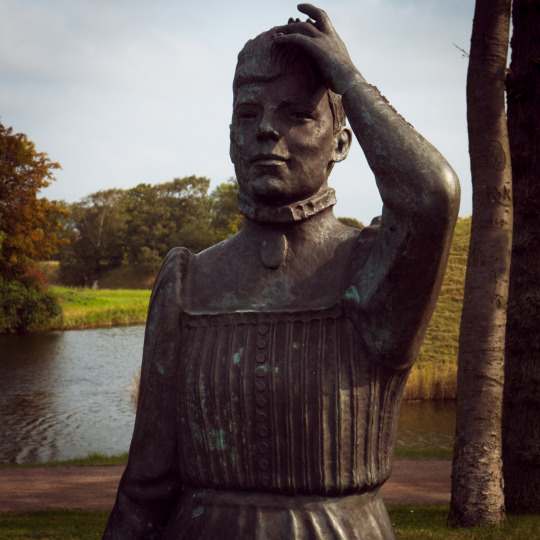
.
Statue of Selma Lagerlöf by the castle Citadellet in Landskrona. Not so world-famous anymore but most certainly Sweden-famous author. Recieved (as the first woman) the Nobel prize litterature in1909. Lived in Landskrona 1885-95 and worked as a teacher.
.
0 notes
Text

CARL HEINRICH BLOCH (1834-1890) Danish painter. Title of the work: TWO SMILING GIRLS (1865). He was a renowned Danish painter, whose works frequently introduced themes of Christian faith.
His early works featured rural scenes from everyday life. From 1859 to 1866, he lived in Italy, and this period was important for the development of his historical style.
His first great success came with an exhibition in Copenhagen in 1865. After Marstrand's death, he was in charge of finishing the decoration of the ceremonial hall of the University of Copenhagen. Grief over the loss of his wife weighed on Bloch, and being left alone with his eight children after his death was very difficult for him. During the New Year of 1866, author H.C. Andersen encouraged him with a letter in which he wrote: "What God has founded on the rock will not be moved!" Andersen, in another letter, wrote: "Through your art, add a new step to your Jacob ladder, into immortality."
Later, Bloch was commissioned to produce 23 paintings for the Frederiksborg Castle Chapel. All of them covered scenes from the life of Jesus Christ, which in modern times became very popular works to illustrate the Gospels. The originals, painted between 1865 and 1879, are still in Frederiksborg Castle. Altarpieces can be found in Holbaek, Odense, Ugerloese and Copenhagen in Denmark, as well as in Loederup, Hoerup and Landskrona in Sweden.
With the assistance of Danish artist Soren Edsberg, the acquisition of the painting Christ the Healer in the Pool at Bethesda, formerly in Denmark, was purchased for the Brigham Young University Museum of Art, Provo, (Utah, United States).
His death was "a sharp blow to Nordic art," according to an article by Sophus Michaelis, who on his death stated: "Denmark has lost the artist who was undoubtedly the greatest among the living."
wikipedia / cndlsc
0 notes
Note
Belladone x Elric (50 questions) :D
Yay :D
Big steps in the relationship !
0. But, how did they meet ? It’s a fairytale, really ! When Belladone came to Elric’s castle, ready to fight for what she wanted, little did he know that he already met her once ! And felt the bite of her battle axes in his flesh, but he didn’t know at the time. For him, it was his first time seeing the famous princess of the West, that fateful day when she barged into his castle, with a ground of misfits, and demanded that he go at war at the moment, to give her back her throne and her kingdom. Of course, he refused, not wanting to wage war again for a petty reason that didn’t concern him. And of course, Belladone swore that she would either get revenge against him, or wear him down. And thus, it began.
1. Who made the first move / who kissed who first ? Belladone needed advice, and the only one she could ask is Raïane (because everyone else would make endless fun of her). So she came to her, talking about her friend" who might be in love with “an idiot”. Of course Raïane saw through her immediatly, but she humored her, listened to her woes, and adviced her that, if she felt that this idiot had so many qualities and was so nice for an enemy, maybe that road wouldn’t be that awful, wasn’t it ? Belladone was stunned to realize that. After a long moment of thinking, she finally decided that, yes, maybe Elric was an idiot, but not that much, and maybe it could be fun. So she marched to Elric's office, where he luckily was alone, planted herself in front of the desk (startling the poor king), and announced that she had thought about it, and that maybe, some kind of alliance could help the situation. Elric, confused, asked her what kind of alliance she was thinking of. "A romantic one" was the answer, and she added that she would allow Elric to court her, if that was his will.To say that Elric was confused would be an understatement. He just blurted that it would be something he would have to think about, but he needed a little time. If she was disappointed, Belladone didn't show it. She just left his office and went to swing a few axes around. That's where Elric found her a few hours later. He had taken the time to discuss things with Myrrdin (who almost physically pushed him towards her). His councelor's advice was mostly that she was perfect, it would make everything better, including his whole life, and he would never find anyone better suited for him.That's how Elric found himself face to face with an out-of-breath princess, and declares awkwardly that a romantic alliance would be good, and that, if Belladone still agrees, they could start with the courtship as soon as possible.And then Belladone tackled-kissed him.
2. Who tells their family/friends about their relationship first ? They tell it at the same time, when they just… announce it one evening. They get Belladone’s team and Malikaï in the same room, and just… drop the bomb. Let’s just say a lot of profainities were uttered that night (a lot by Belladone).
3. What do their family/friends think of their relationship ? Do they really dare say anything to the Queen of Destruction ? Why yes. Yes, they do. Luckily, it’s almost only positive things, because beside saying that maybe she didn’t choose the sharpest sword in the weaponry, Belladone’s friends support her decision, because Elric is a good man, and above all, PATIENT. And that’s for the best. On the other side, Elric’s counselors are a bit wary of that strange woman who came to start a war with them, then wreck havoc in their castle. But since their king is totally smitten (and she’s terrifying), they don’t say anything and only glare at her when they are sure she can’t see them.Malikaï kinda likes Belladone. Okay, she’s noisy, scary and bossy, but she’s not a bad person. And she makes Elric happy, that’s the most important part. That she can’t get along more than 10 minutes with Pervenche is only a sad side-effect.Belladone’s family is less enthusiastic. Probably because of that vague story of a war between their two countries, and the fact that Wolfsbane and Dogmaël both think Elric is a young idiot. And not that impressive, at that. Wolfsbane always insinuates that his sister’s whip is put to good use with that spineless husband of hers… until she threatens to use it on him. Dogmaël slowly grows some respect for his fellow king, because he’s a good and fair leader, but it’s veeery slow. And Oleander just doesn’t care, because Elric is fun and he has lots of good books to lend him.
4. Which couple/family are they closest to ? As much as they grit their teeth over it, Pervenche and Malikaï. Because Malikaï is Elric’s almost brother, and they almost live together, and they are very, very close. More even than Belladone and her brothers. Which means that Belladone often has to sped time around Pervenche, and sooner or later, they start teasing each other and bickering. Luckily, it only takes a few words from Malikaï for Pervenche to stop (but he doesn’t have any effect on Belladone). They are very, very close to Ronnan and Delnan too, and that’s good because Belladone likes them way more, and Elric gets along with them well.
5. When do they move together ? Where and how ? They move together quite fast after declairing their feelings. Since they are in Elric’s castle, Belladone just moves her stuff into the royal suite. It’s a big step, especially at the beginning of the relationship, but at least, moving out if it doesn’t work won’t be a too big problem.
6. Who proposes and how ? Elric does propose, as is fit for the King courting princess... in front of Dogmaël and everyone else. To say his future father-in-law is surprised would be an understatement. But it makes for great stories at parties, at least.
7. Where do they go on their honeymoon ? OF COURSE they are going to visit the West once they are married. First, because Elric needs to visit his wife’s country at least once in his life, and she won’t relent until he does. Second, because she wants to parade her new husband before everyone, from her brothers to the people in the Seventh Crescent of Landskrona. Because her husband is nice and good-looking and a king, and she wants to BRAG, godammit !
Let’s talk about sex~
8. Who initiates sex more often ? You might think it’s Belladone, but in fact, they’re equally matched. Why, when you’re as crazy about your spouse as those two, you want to enjoy them as much as you can. It’s just sometimes difficult to find time when you have king and queen duties to attend, but they manage to find themselves some alone time.
9. Who has the biggest kink (and what is it) ? Belladone just has a thing for bootblacking. Something about her husband at her feet, cleaning her riding boots… Elric is very happy to learn how to do it and to service his wonderful wife.
10. What kink/kinks turn(s) one (or both) of them off ? Elric is totally opposed to pain / blood play. Those things don’t have a place in the bedroom ! Belladone isn’t very bothered by this, as long as her husband keeps blacking her boots.
11. What’s the craziest place they’d have sex ? The council room, on the large wooden table. Fortunately, they weren't caught by Elric's council (but it was a close call).
12. Who is more aggressive in bed ? Belladone. That’s in her temperament. She’ll never submit, in a fight, in a conversation, or in bed. Luckily, Elric is *very* aroused by his wife taking the lead.
13. How does the other person react when their partner wears something special (boots, lingerie, etc.) ? Belladone stays calm and collected, but always makes a point to compliment Elric when he does something special. But she loves making him turn aaaaaaall red all over !
14. Lights on or off ?
When your room is lit by candles, you better snuff them out before you start having fun. Unless you want to deal with a blanket on fire in the middle of festivities.
Quirks and habits
15. What are their quirks while sleeping ? Elric tends to starfish. On his stomach, arms and legs outstretched as far as he can. That’s what’s good when you are king, you have a giant bed to strech into. And he snores. But that doesn’t seem to disturb Belladone. She tends to sleep on her side, all curled up. One hand under the pillow, not for comfort, but because she hides a knife there, you never know. Oh, and she snores too, but she’ll kill you if you tell anyone.
16. Who is the morning person/night person ? They are both morning persons. Belladone maybe more than Elric, but not by much. Most of the time, she’s up before the sun, and he with it. By the time she’s done getting dressed and combing her hair, he’s awake and eating, his crown as usual askew on his hair, all ruffled and still sleepy. It’s adorable (but “adorable” will never cross Belladone’s lips. EVER.).They WOULD LIKE to be able to go to bed early. But when you’re king and queen, you… don’t really get the option. They often go to bed rather late, because of meetings and councils and receptions and whatnot. At least, Elric sometimes says as he burrows under the covers, they get to sleep in the bed, because they could be caught in a military campaign and lost in the wilderness. Belladone punishes the attack against her father, country and pride by sticking her icy feet against her husband’s legs.
17. Who wakes the other one up with kisses ? And who brings breakfast to bed ? Most of the time, probably no one. They get up at the same time, really early, so no kisses as a wake-up call. They may kiss once they awake, though. Very rarely, when the state doesn’t demand their attention,
18. Who is the romantic one (Valentine’s Day or other) ? Elric is a bit of a sap. Not much, but he likes to commemorate sometimes by grand gestures. Belladone plays the unimpressed party, but she’s not used to those seemingly superfluous attentions, and it moves her greatly.
19. Who would lead in ballroom dancing ? Come on, Elric is the king, let him lead ! And he’s a good dancer at that, so Belladone is okay with that. The only problem is that he hates it, so when they have a reception, one waltz, and he’s off ! Belladone then has to find someone else to dance with her.
20. Who drinks all of the coffee ? Pervenche. No, really. She once managed to get inside the council room and downed all of Belladone’s coffee. And learnt the hard way that you don’t. do. that. It ended with a Very Angry queen running after her and threatening to cut her damn head off. Pervenche only escaped by jumping from a window right into a bush, and running away. She didn’t come back to the castle for weeks, and Belladone’s coffee was left alone.
21. Who is the one who would pay for dates ? Both. After all, Elric's money is Belladone's money (and, technically, the kingdom's money too). So when they decide to go out, they just take some in the special box that holds everything put aside for their enjoyement during budget sessions (the longer those sessions are, the more Elric puts in the box).
22. Who takes over the beauty/style department ? Rynn. At least, he tries. But Belladone will have none of it. She didn’t become queen to dress as a ditzy mage ! Said ditzy mage promptly asked her what she was dressed as, then, and earned a kick in the ass. Truth is, neither does really take care of that department. They dress correctly, of course, as is expected from royalty, but that’s all. They don’t go out of their way to have the most elegant tunics, the prettiest dresses and the most expensive jewelry. Those are nice, but don’t matter in the long run. The only exception is for important evenings, but they know to dress grandly for those times, and don’t need help for that, not even from each other.
23. What would they get each other for gifts ? Give Belladone a weapon, and she will, if not love you, at least tolerate you better. But it has to be a good weapon, like the ones from the West at least. She likes dresses and jewelry and books too. But you know. Weapons.Elric kinda likes weapons too, but Belladone rather decides on non-physical things, instead taking her husband away from his duties for a day or half a day, drag him in town, to do fun and stupid things together, even if it’s just a drink in a tavern, or a walk in the woods. Relaxing without having to care about a thousand things do him way more good than a new crown (but she buys him books too. Books are always good.)
24. Who cusses more ? Don’t even try to tell Belladone that swearing is not ladylike, or you’re in great danger to get a mouthful of steel. And then she’ll punch you. Swearing all the way.
25. Who is more tech-savvy ? Belladone. Not to say Elric is a tech-idiot, but when you live in a country who put all its efforts into developping new war machines and weapons, and when you LOVE weapons, you tend to be well-versed into machineries and
26. Who remembers things ? And who forgets the birthdays and anniversaries (and has to be forgiven) ? Elric tends to forget some things. But, let's be honest, he really has a lot on his mind, what with a country to rule and everything. But Belladone doesn't fare way better than him, so really, they are quite assorted.
27. Who is the bigger cuddler ? No one, and certainly not Belladone who, once she discovers that cuddles with a boyfriend / husband feel good, will hug him as soon as they are alone and she can preserve her reputation of being heartless. Nope. Not at all.
28. Nicknames for each other ? Starting with “idiot king” and “pest from the west”, and became “my love”, “my queen”, “my king”. Elric is the only one abe to call her Bella without immediatly getting his ass kicked. But she still growls, of course.
29. Who kills the bugs ? Both, but more because they are aggravating than by malice. Flies buzzing around while you’re trying to work are ANNOYING !! (and mosquitoes even more)
30. Who initiates duets ? NO ONE !! And maybe that’s better for everyone’s ears, because Belladone ain’t a Disney princess, and her singing would probably attract all kinds of crows and wolves around. Or break glass.
31. What do they do to cheer each other up ? Elric uses cuddles. It's super effective ! Even if his wife looks as grumpy as a wyvern and probably bites as much, she loves being cuddled, and it helps greatly. If cuddles don't do the trick, he uses Belladone's own method. When Elric is down, she just gives him his sword, and takes him to the training room for a good fencing session. They hit each other hard enough to leave bruises, but it helps them progressing, and it's good for getting rid of tensions.
Daily life
32. Who decorates the apartment ? The basis is Elric’s tastes, especially since he’s been living in the royal suite for three years now, and he’s made it his with lots of things and furnitures he likes. When Belladone came to live with him, she insisted that she be allowed to redecorate, because she didn’t want to be surrounded by things of the East, especially because, quote her, “they are ugly anyway”. They had a huge fight about this, bad enough that their friends and family thought that it was definitly over. But they finally calmed down enough to discuss it, and come to an arrangement. They would use a mix of furniture from their two countries, and try to find some balance. And to be fair, it looks really lovely.
33. Who is the one to most likely pick the movie they watch ? And who has sole posession of the T.V. remote ? If they had movies, they would probably alternate. But Belladone wouldn’t let anyone lend a hand on the remote. Hers.
34. Who does what chores ? Elric is in charge of all military questions concerning the country, and everything that has to do with diplomacy and budget. Belladone has tasked herself with everything that has to do with intendance, and all social questions, because she has more experience working with them. Elric stays as the army commander, but Belladone is now his second (and everyone fears them).As for domestic chores, let’s be real, they have more than enough servants for that.
35. Who makes the bed in the mornings ? The servants. No, seriously, have you ever seen royalty do their beds ? I’m not even sure Elric knows what goes where.
36. Who starts getting into holidays way before they should ? No one because they already have enough on their plate. Sometimes, holidays pass without them even noticing. They don't miss them too much. When they need to celebrate, they just go out and do it.
37. Who initiates the couple selfies ? If they had selfies, that would probably be Elric. Because his wife is gorgeous and he wants to brag. Belladone would do some, from time to time, for the same reasons, but it would be Elric most of the time.
38. Who always ends up with too much junk food after grocery shopping ? Believe it or not, Belladone. She’s a stress eater, and when facing difficult tasks, or too much to do at once, she tends to gorge on junk food. She compensates by being very active and exercizing a lot. Elric sometimes eats chips or things like that, but he’s more of a sucker for candy.
39. Who asks to keep the abandoned kitten/puppy they find in the rain ? Belladone may be a hardass iron queen who doesn’t fear anyone. But show her a puppy and she’s a goner (kitties get sent to Rynn’s and Elvy’s home, they love kittens). Elric has stopped trying to lead her away from the puppies. It didn’t work.
40. So how many pets, and who rememebers to feed them ? A pack of dogs that Belladone loves. Elric gifted her with them (more like entrusted to her). They were his father’s hunting dogs, and he likes them, but he just doesn’t know what to do with them or how to take care of them. It wasn’t easy at first, because they saw her as an intruder and an enemy. Belladone didn’t hesitate to assert her dominance, but she did it with care (and food) (and introduced herself too). They pretty much adopted her after that. She sometimes hunts with them, but most of the time, she just walks them around the castle and town. There’s something extremely empowering about walking with ten full-size hunting dogs on a leash. They obey to her slightest whim, and are very well behaved. They love her, and she loves them.
41. Who gets babied when they’re sick ? Belladone is more of a "tough love" person, but roughing her husband up when he's sick only makes things worse, she realized. So she lets the healers and the servants taking care of him, only checking on him from time to time, bringing him hot drinks, and trying to cheer him up by talking, because you can't really fight when you're sick.Elric knows how you take care of someone sick ; he had some training growing up with Malikaï. You bring them warm drinks and soft foods, you hold their hand, you talk softly or sing songs, or you keep their head on your lap. Of course, Belladone looked at him weirdly the first time he started singing. But she let him, because it's still enjoyable.
42. Who comes home drunk at 3am ? Belladone. Sometimes, after a long day of being a queen, you just want to unwind with your weird friends, get drunk, and act all stupid. Not befitting for the queen, of course, but she couldn’t care less about it. She’s the queen and she does whatever she wants. Including faceplanting on the bed after. And on the husband too (who may be nice, take off her shoes and put her nicely under the covers).
43. What do they do when they’re away from each other ? They are quite often away from each other. Elric has king duties, which often means getting locked into a council room and listen to endless reports for hours. Belladone too has duties, and sometimes comes with him to give advice, to the greatest dismay of the counselors. But most of the time, she goes and takes care of her own business. Mainly, she takes care of some problems and questions Elric doesn’t have the time to take care of, or doesn’t know how to. Social questions fall now under her care, and they both like it like that.
44. What are they afraid of ? Breaking up, mostly. They now rely a lot on each other, and they need each other in their lives. They would be quite lost without the other. Beside that, Belladone is scared of something happening to her country again. She wouldn’t be able to bear it if the land she loves fell under dire times again. She’s scared of something happening to her father, too. Dogmaël is a strong man, but she once saw him surrender to madness, and that’s not something she’s ready to face again.Elric is mostly afraid for his country too. For now, he was able to protect it from harm, but life won’t be that easy all the time, and wars won’t be solved with a battle and a bunch of crazy mercenaries sent in the mountains. He’s a bit afraid of something happening to Malikaï, but for now, Pervenche has revealed herself to be quite the good girlfriend for him.
45. How often do they fight ? Sadly, they fight and bicker more often than other couples, because their personnalities clash, and they are both very opinionnated people who don’t like to admit they'e wrong. It makes for… interesting conversations, especially when cultural differences come into play, and often keep on after the meeting, sometimes until late at night. But they try to resolve it like adults, by talking and trying to see things from another point of view. So lots of fights, but lots of reconciliations too.
46. What would they do if the other one was hurt ? Belladone would go on a total rampage against the one who dared laying a hand on her husband. Until Elric hurt himself during his training or something, then she would just call him an idiot to worry her like that, and take care of him in her way.Elric would probably skip the rampage part. Maybe order hissoldiers to capture the culprit, and judge him very severly, but that's all. He doesn't believe in insane violence, even in the name of revenge.
And once they have kids…
47. How many kids ? A son, Prince Romaric of Altea AND Landskrona because fuck you, even if Belladone doesn’t really have any claim on the West city anymore. But Dogmaël is totally crazy about his grandson anyway so who knows. Romaric has his mother’s looks and his father’s personnality, which means that, really, he took the best from each. He has a taste for older women (Elric swears it’s Fumée’s fault), and sometimes lets Fleur push him a bit, but overall, he’s shaping up to be a great king, once he stops daydreaming so much (fuck off, Elric, he’s only five).
48. Who is the stricter parent ? Belladone. Raised by a stern father and a formerly assassin mother (and a bunch of nurses too, but they were as stern as Dogmaël), it’s not a suprise that she’s stricter than Elric, who’s been quite coddled while young. He’s not really a pushover, of course, but he tends to be way more lenient. With Belladone, you won’t get away until your chore is done, and well done !
49. Who stays up late helping with homework ? It’s hard to find some time for your child when you’re king and queen and very invested in your kingdom’s life. But they make time. They find moments here and there to spend with Romaric, teach him little magic tricks or sword play. And as her father before her, Belladone doesn't hesitate to stop a meeting in order to admire her son's drawings or calligraphy, and give him tips and encouragements.
50. Who likes to take the family out and for what ? Belladone loves to take the family to the West, to visit the other part of the family : brothers, father, and that weird swordmaster she sometimes calls "mom" just to anger him. Elric likes to take them on long or short journeys to visit their country in all the little nooks and creeks and villages and everything, so they learn to love it as much as he does.
0 notes
Photo

Cornfields & Weddings =💗💗 ............ MUA @hildrinmakeup from @gouteva at @orenasslott #weddingcouple #photographer #brudpar #septemberwedding #sweden #scandinavia #bröllopsfotografskåne #weddingphotographer #bryllup #fotograf #bröllopsfoto #weddingphotography #bryllupsfotograf #nature #landscape #brideandgroom #weddingday #brollopsfotografer #bröllop #kullafoto #annalauridsen #bröllopsfotograf #örenäs #glumslöv #bröllopsfotografskåne #landskrona #weddingphoto #storytelling #bröllopsporträtt #cornfield #naturallight (på/i Örenäs Castle)
#scandinavia#glumslöv#weddingphoto#septemberwedding#bröllopsfotograf#annalauridsen#bröllopsporträtt#bryllupsfotograf#bryllup#weddingphotographer#bröllopsfoto#photographer#storytelling#bröllop#landscape#kullafoto#weddingcouple#örenäs#brideandgroom#sweden#weddingphotography#fotograf#cornfield#weddingday#landskrona#nature#naturallight#bröllopsfotografskåne#brollopsfotografer#brudpar
0 notes
Photo

Royal lunch :) #castle #örenässlott #sweden (at Örenäs Slott, Landskrona)
0 notes
Text





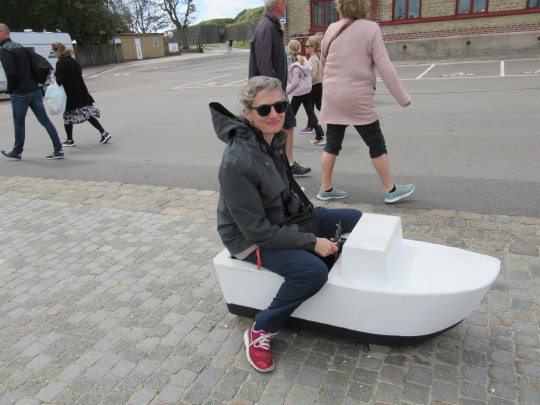

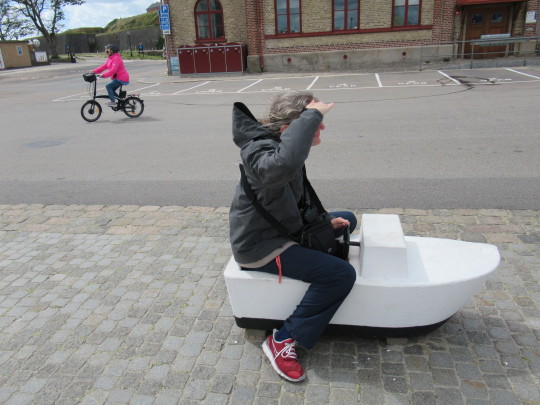


Benches/Chairs (No. 24)
Ystad, S
Landskrona, S
Falkenberg, S (three pics)
Varberg, S (three pics)
Bohus Fortress, S (two pics)
#travel#original photography#vacation#tourist attraction#cityscape#landmark#architecture#summer 2020#nature#flora#tree#Europe#Sweden#interior#exterior#Scandinavia#Sverige#Ystad#street scene#landscape#Landskrona#Landskrona Castle#Falkenberg#Vattenbärare 1 by Knutte Wester#Varberg#Bohus Fortress
3 notes
·
View notes
Text
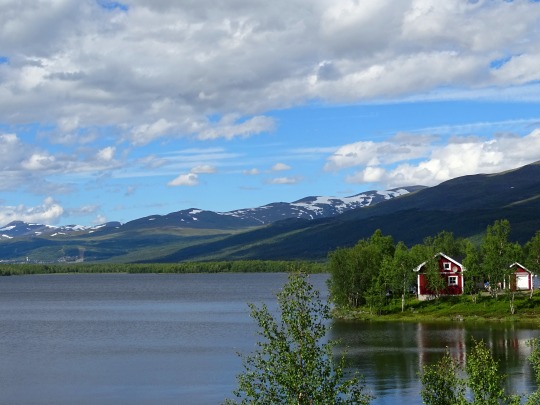



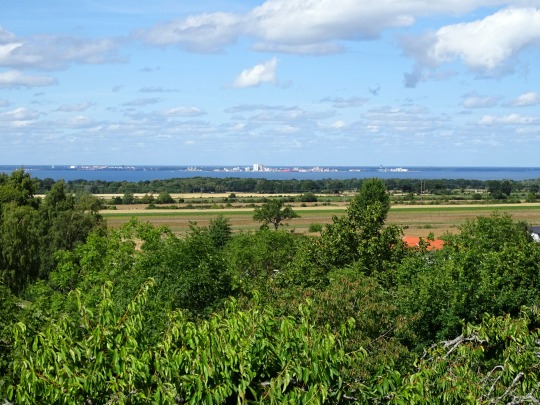





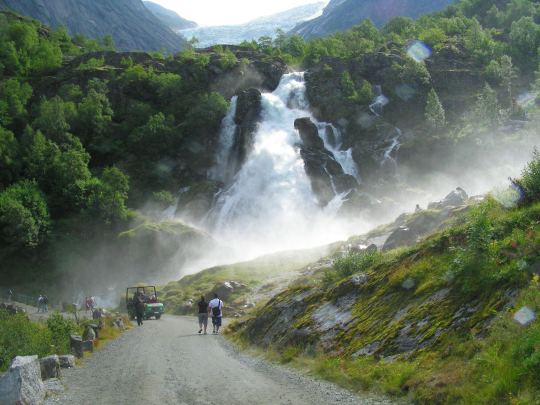
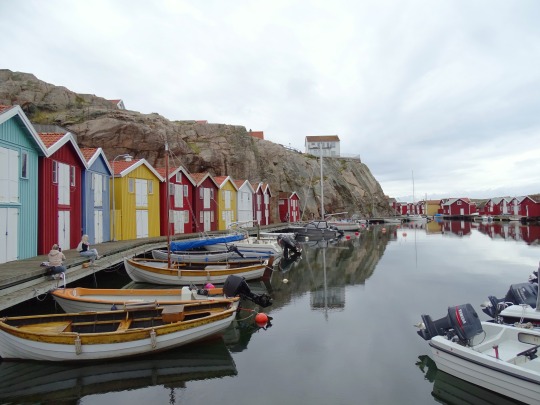




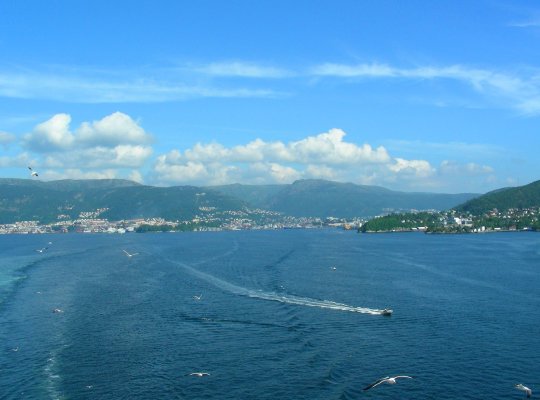
The Kalmar Union was formed under the rule of Margaret I of Denmark.on June 17, 1397.
#Sweden#Scandinavia#summer 2020#travel#original photogrpahy#vacation#architecture#cityscape#landscape#Norrköping#Lapland#Öland#Baltic Sea#Smögenbryggan#Landskrona Castle#Norway#GeirangerfjorS#Geirangerfjord#Seven Sisters Waterfall#Jostedalsbreen National Park#Denmark#Bergen#Copenhagen#Kalmar Union#17 June 1397#anniversary#Scandinavian history#original photography#tourist attraction#2006
8 notes
·
View notes
Photo


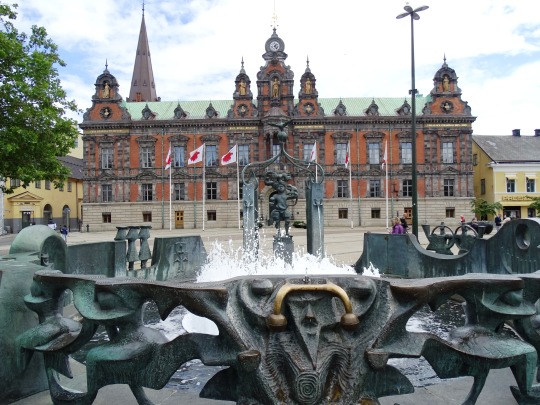


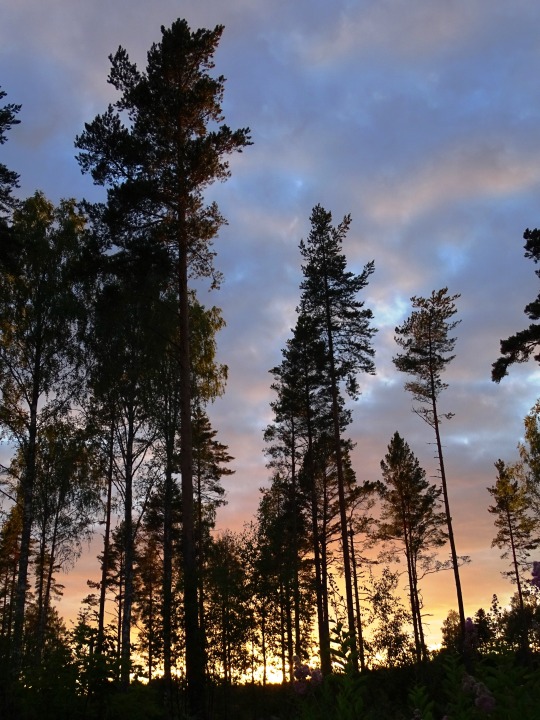
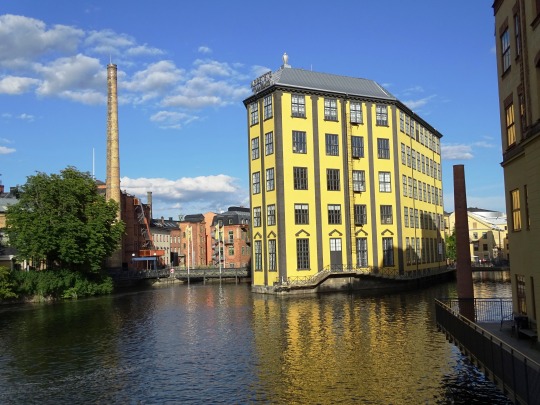



Sweden joined the EU on January 1, 1995.
#Sweden#European Union#EU#1 January 1995#original photography#travel#Landskrona Castle#anniversary#Swedish history#architecture#cityscape#landscape#seascape#Byrums raukar#Öland#Malmö#vacation#summer 2020#Lapland#Smögenbryggan#Norrköping#Gamla Uppsala#Borgholm Castle#Ottenby Nature Reserve#Baltic Sea#tourist attraction#landmark#forest#flora#nature
5 notes
·
View notes
Text
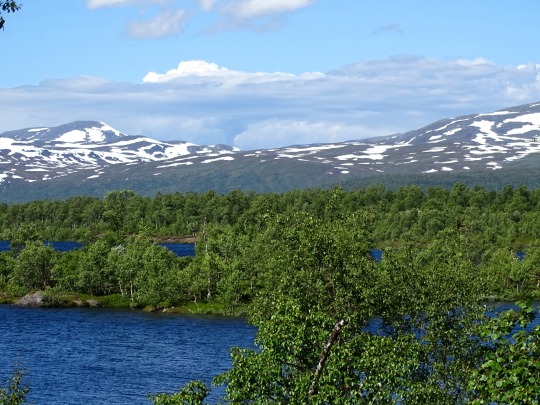

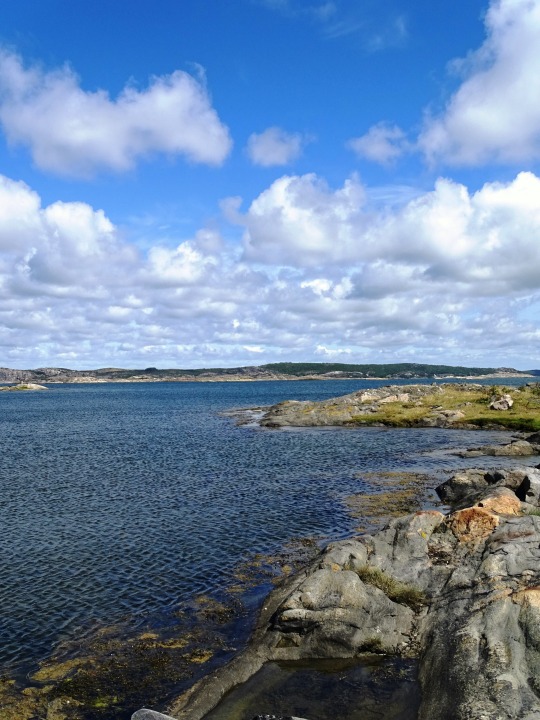
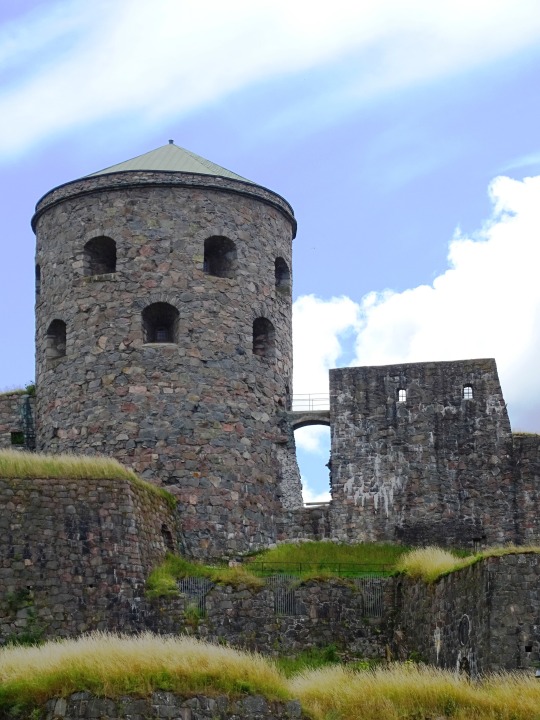

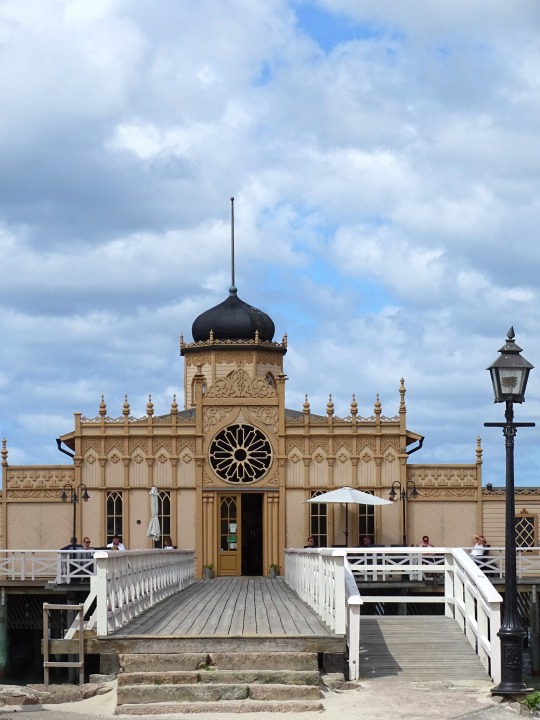






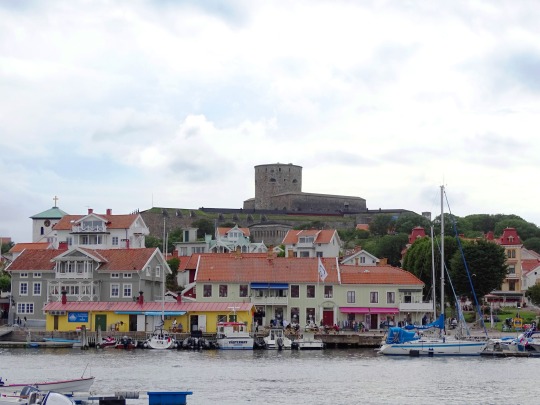
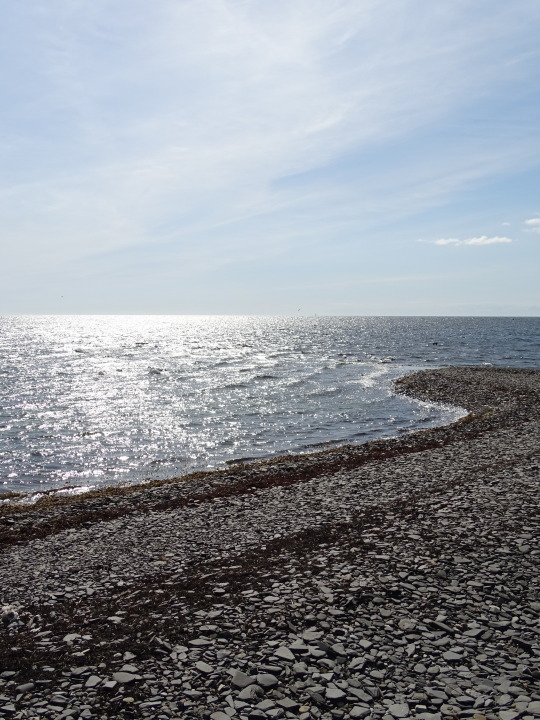



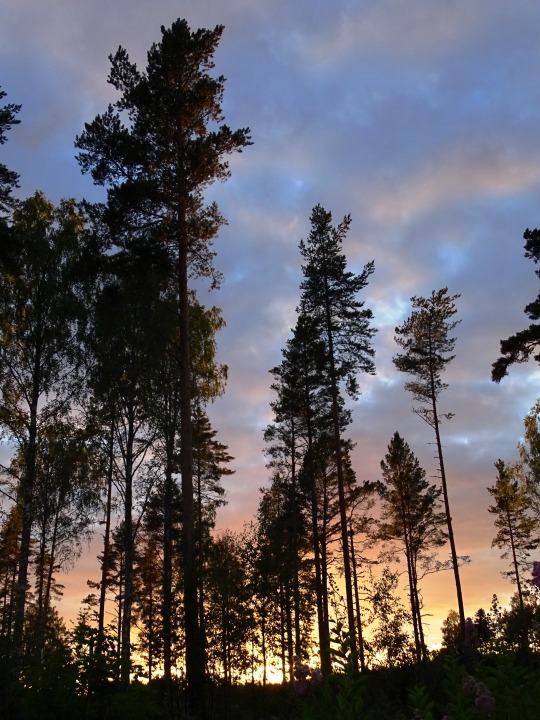

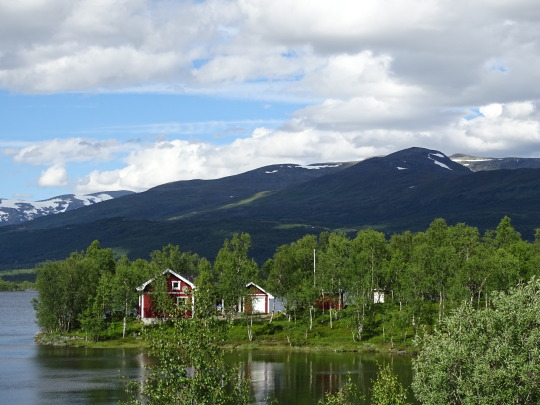





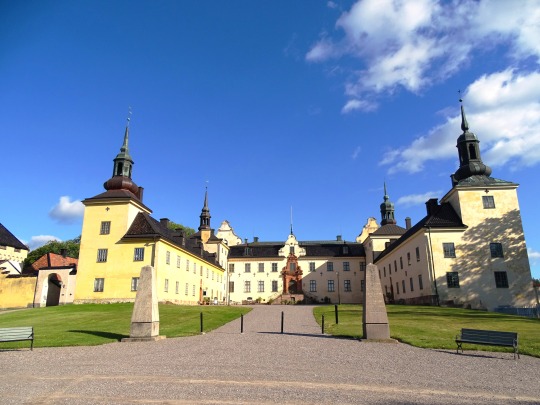

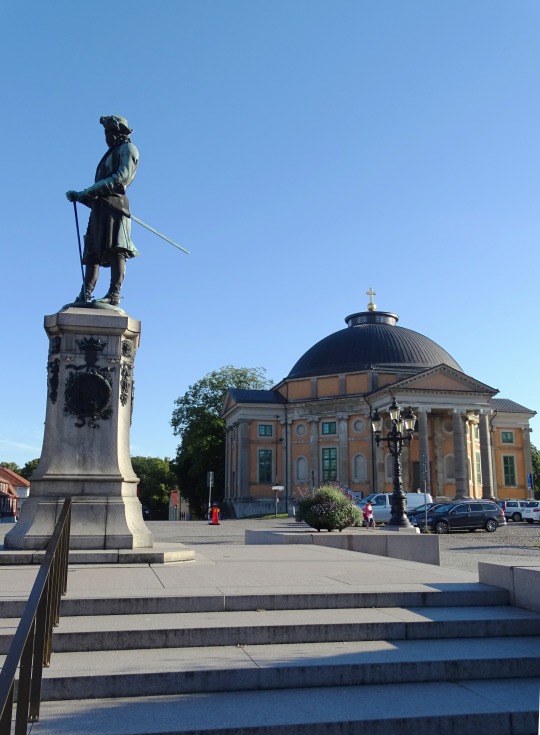


Sweden joined the EU on January 1, 1995.
#Sweden#European Union#EU#1 January 1995#original photography#travel#Landskrona Castle#anniversary#Swedish history#architecture#cityscape#landscape#seascape#Byrums raukar#Öland#Malmö#vacation#summer 2020#Lapland#Smögenbryggan#Norrköping#Gamla Uppsala#Borgholm Castle#Ottenby Nature Reserve#Baltic Sea#tourist attraction#landmark#forest#flora#nature
1 note
·
View note
Photo

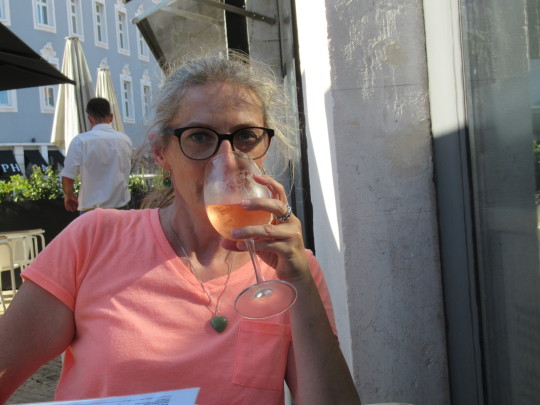



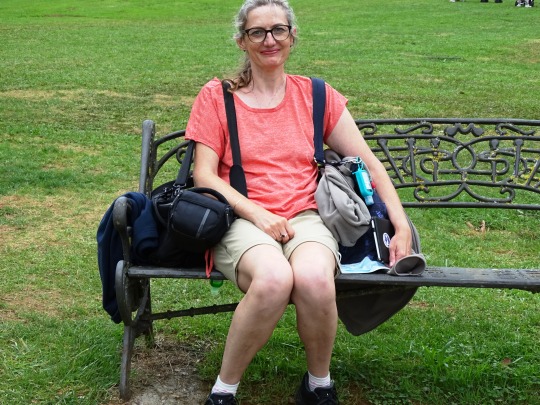

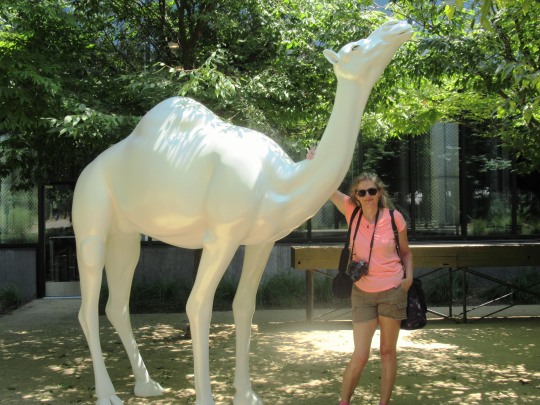


No Orange Clothes Day
No Orange Clothes Day commemorates the day in 1784 when the wearing of orange was banned in the Netherlands, a country often informally called Holland. Such a thing seems unconscionable today, as orange is now seen as the unofficial color of the Netherlands, and is worn and displayed everywhere. The color has a long and varied history in the country, dating back to the sixteenth century.
Why did orange become associated with the Netherlands? Orange is the color of the Dutch royal family, and its association with them goes back to William of Nassau, who is also known as William the Silent or William of Orange. William became the Prince of Orange in 1544, at the age of eleven, when the principality of Orange—which had previously been a French principality—came under his control.
In 1568, he became the leader of the Dutch revolt against the Spanish, which led to the creation of the Dutch Republic. The original flag was orange, blue, and white. Following William’s death, it was hard for his successors to hold the Republic together, and most of the power was held in the provincial Estates instead. The orange stripe in the flag was replaced with red. Instead of being a color representing the whole country, orange came to represent the color of the Stadholder, a term for the magistrate. This became even more the case, as the magistrates began to act more like monarchs.
The magistrates began losing power, but some people began giving them support and started wearing orange bows and ribbons. It was because of this that the Estates of Holland banned the wearing of orange on June 15, 1784. But, the Orange ideology began growing internationally and was embraced by groups such as the Protestants in Ireland. In 1813, the Orange monarchy was established in the Netherlands. Its ideology was no longer such an integral part of it, making it more palatable to ordinary citizens. The color orange was no longer illegal and began to have a broader appeal, although it did not completely unify the nation.
Reforms in 1848 lessened the power of the Princes of Orange, but when Queen Wilhelmina came to power in 1890, a lasting bond between the monarchy of the House of Orange and the people was formed. The color orange became celebrated widely. Some wanted the color added back to the Dutch flag, but the flag was officially proclaimed to be red, white, and blue in 1937. Orange continued to gain popularity on its own, being used in flags and banners—even outnumbering the official flag at sporting events and other celebrations.
Today, orange is a symbol of the whole Dutch nation, not just of the monarchy. It is a symbol of pride in being Dutch, and still draws on its history, being a symbol of resistance and sovereignty, just as it was during the time of William and the formation of the Republic. The wearing of orange in mass is known as “Oranjegekte,” meaning “Orange craze,” or “Oranjekoorts,” meaning “Orange fever.” It has been worn by the Dutch to World Cup events since about 1934, and most sports teams in the Netherlands use the color. Not only do the Dutch commonly wear orange in all forms of clothing, the color also covers their houses and shops, and cars and streets. Even some airplanes are painted orange. Orange banners are attached to the Dutch flag on royal birthdays, and the national holiday of Koningsdag, or King’s Day, is held each April and is one of the finest displays of Oranjegekte.
How to Observe No Orange Clothes Day
Although today is known as No Orange Clothes Day, it may actually be more fitting to wear orange clothes than to not wear them. You could wear orange to show your solidarity with the Dutch people, or your pride in the Netherlands if you are a citizen of—or have roots in—the country. But, if you would like to celebrate the day by not wearing orange, you could do that as well. It is really up to you. For those that really want to get into the celebration, a trip could be planned to the Netherlands, possibly to take place during Koningsdag.
Source
#No Orange Clothes Day#Swedish Lapland#Landskrona Castle#Hall Winery#Borgholm Castle#Comillas#Lisbon#Sweden#Portugal#Spain#USA#reflection#Castellfollit de la Roca#landscape#cityscape#Napa Valley#St. Helena#original photography#travel#vacation#summer 2022#2020#2021#NoOrangeClothesDay#16 June#tourist attraction#hiking
1 note
·
View note
Photo


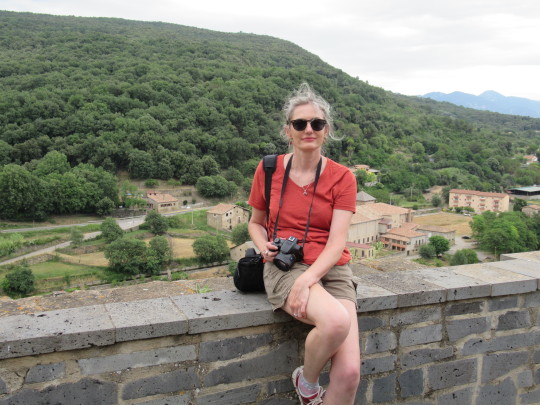

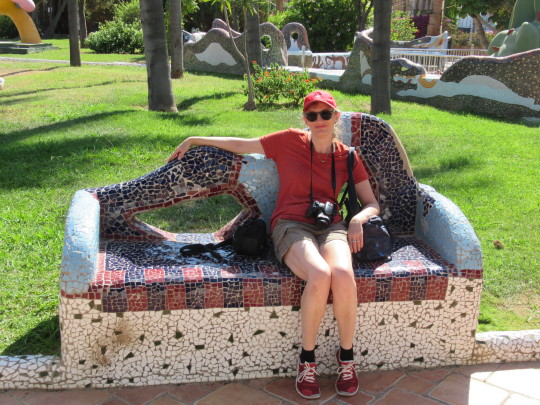
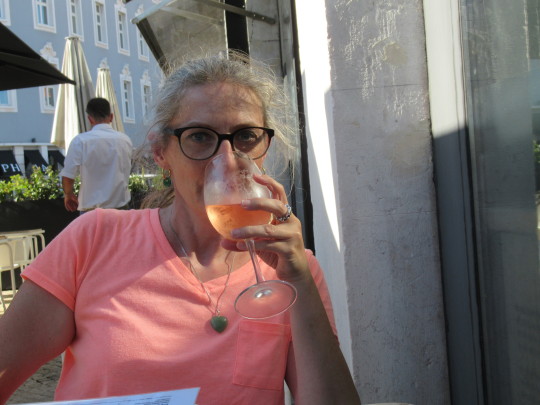




National Day for Truth and Reconciliation
In Canada, over 150,000 First Nations, Métis, and Inuit children were forced to attend residential schools from the 1880s to 1990s. Shortly following the country's founding in 1867, there was an effort to create a Canadian national identity. This meant that the indigenous population would have to assimilate, to the point that their culture would be eradicated. A report released in 1879 said that the only way assimilation could be accomplished would be by taking children from their parents and putting them in residential schools. The report recommended that the government work with Christian churches to open the schools. The Canadian government started funding them in 1883, with the Roman Catholic Church and the Anglican Church being the main organizations running them. The schools did away with indigenous language and culture and replaced them with English and Christianity.
There was resistance from the indigenous population, so, in 1894, the Canadian government made attendance compulsory, and gave the Royal Canadian Mounted Police the authority to take children from reservations and bring them to schools. The schools were underfunded and were rampant with diseases, forced labor, and sexual abuse. Students who spoke in their native language were beaten. When students died, their parents often weren't told about it, and the children were buried in unmarked graves. The 2015 Truth and Reconciliation Commission Report estimated that 6,000 children died while attending the schools.
In the 1950s, the Canadian government started making moves towards shutting down the schools, and they took control of the schools from the churches in 1969. There were still a few schools open in the 1980s, and the last one closed in 1996. The United Church of Canada apologized for its role in the schools in 1986, and the Anglican Church did the same in 1992. Although some Catholic organizations have offered apologies, and Pope Benedict XVI acknowledged the wrongs in 2009, as of 2021, the Catholic Church has not formally apologized.
In 2008, Canadian Prime Minister Stephen Harper apologized for the residential school system on behalf of the Canadian government, and formed the Truth and Reconciliation Commission of Canada, to get to the bottom of what had happened at the residential schools. The final report came out in 2015 and said that the residential school system inflicted "cultural genocide" against the indigenous population. The report outlined the ramifications of the schools. It found that the schools undermined parents' ability to pass along language, which led to 70% of Canada's indigenous languages being classified as endangered. It found that the residential education was deliberately poor, and led to a poorly educated indigenous population that did not make high income in adulthood, which in turn impacted the education of their children and grandchildren, continuing a deficit of education and income in indigenous communities for generations. It found that the physical and sexual abuse that residential school students experienced led to lifelong trauma, and that trauma and abuse sometimes was passed down to children and grandchildren.
The St. Joseph Mission Residential School was in operation from 1891 to 1981, in Williams Lake, British Columbia. The St. Joseph Mission Residential School Commemoration Project and Reunion organized events that were held in Williams Lake in May of 2013. The events commemorated the residential school experience, witnessed to and honored the journey of healing of the survivors and their families, and were a moment of commitment to the ongoing process of reconciliation. They were attended by former residential school students and their relatives, of the Secwepemc, Tsilhqot'in, St'at'imc, and Southern Dakelh Nations, as well as by others in the Cariboo Regional District.
Phyllis Webstad, an alumnus of the residential schools, was the spokesperson for the reunion group leading up to the May 2013 events. When she was six, her grandmother bought her a new orange shirt to wear to her first day of school. On that day, she was stripped of her clothes and the shirt was taken from her, never to be returned. Throughout her life, the color orange reminded her of the event, but also of how the school stripped her identity from her—as it did with so many other children—and how no one had cared what the feelings of her and other children were. She spent years dealing with the repercussions of her residential schooling. She shared her story at the May 2013 events, and it inspired the creation of Orange Shirt Day, which was first held on September 30th, 2013.
Orange Shirt Day facilitates global conversation on all aspects of residential schools, providing an opportunity to have meaningful discussions about their effects and legacy, which spurs reconciliation. The day reaffirms to survivors and others affected that they matter, and, aptly, the official tagline is "Every Child Matters." Orange Shirt Day reminds Canadians that the cultural experiences of all people are relevant and should be embraced and celebrated. On Orange Shirt Day, Canadians are encouraged to learn more about the residential schools and their assimilation practices. Film screenings, memorial walks, and public lectures are organized, and orange shirts are worn.
September 30th was chosen as the date for Orange Shirt Day because it was around that time of the year when children were taken to residential schools, and also because it is a fitting time of year to set forth anti-racism and anti-bullying policies for the upcoming school year. School districts, local governments, and First Nations near the Cariboo Regional District, as well as some from far away from it, have passed resolutions supporting the day. For example, the Assembly of First Nations Chiefs-in-Council passed a resolution in support of the day.
When the Truth and Reconciliation Commission Report was released in 2015, it called for a National Day for Truth and Reconciliation. In 2018, the Department of Canadian Heritage and Multiculturalism announced that it was considering creating the day as a statutory holiday to honor the legacy of residential schools. September 30th, the date of Orange Shirt Day, was chosen for it, and a bill for the day was introduced to the House of Commons by Georgina Jolibois. It was passed on March 21, 2019, but didn't make it through the Senate before the next election.
On September 29, 2020, during the next parliamentary session, a similar bill was tabled by Steven Guilbeault, Canada's Heritage Minister. On May 27, 2021, the bodies of 215 children were found in an unmarked cemetery on the grounds of the former Kamloops Indian Residential School. The House of Commons agreed to fast-track the bill the following day, and it passed by unanimous consent. The Senate passed it unanimously six days later, and on June 3rd, it received royal assent, and the National Day for Truth and Reconciliation became a federal statutory holiday. It is a paid holiday for federally regulated employees in Canada, and for some private-sector employees. Today, Orange Shirt Day and the National Day for Truth and Reconciliation coincide with each other, grapple with the same history, and have similar goals.
How to Observe Orange Shirt Day
Some ways you could take part in the day include:
Wear an orange shirt. This could spark a conversation about the residential schools.
Learn more about residential schools and their assimilation practices, perhaps by reading a book about the schools.
Check for, organize, or attend events like film screenings, memorial walks, and public lectures. Share your story or listen to the stories of others. Post pictures on social media of events you attend.
Watch Every Child Matters: Reconciliation Through Education.
Read Orange Shirt Day or another book related to Orange Shirt Day.
If you're an educator, explore the Orange Shirt Day teacher resources.
Take part in the Orange Shirt Day Design Contest.
Visit the National Centre for Truth and Reconciliation or explore its website.
Learn about similarities and differences between Canada's residential schools and those that were in the United States.
Join the Orange Shirt Day mailing list.
Donate to the Orange Shirt Society.
Source
#Spain#USA#Portugal#Sweden#original photography#travel#vacation#St. Helena#Napa Valley#California#HALL Wines St. Helena#cityscape#summer 2022#2021#2020#Borgholm Castle#Landskrona Citadel#Lisbon#National Day for Truth and Reconciliation#30 September#tourist attraction#NationalDayForTruthAndReconciliation#OrangeShirtDay#First Nations#Canadian history
0 notes
Photo
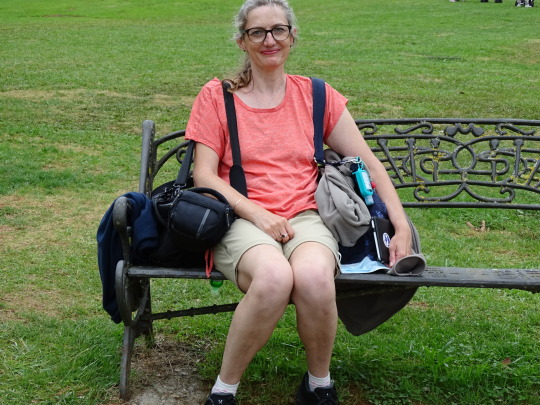



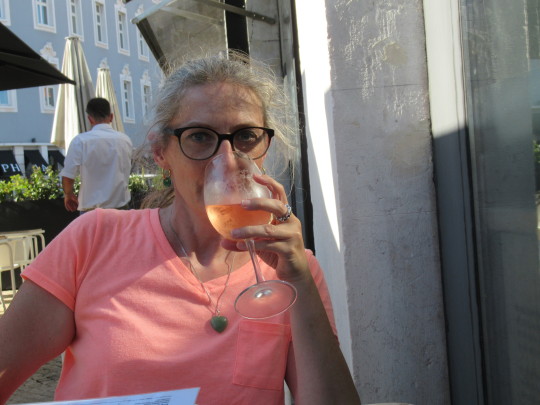
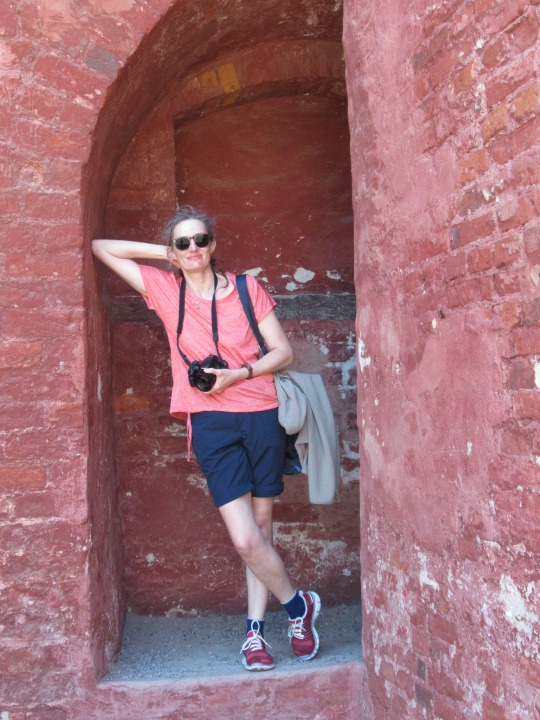



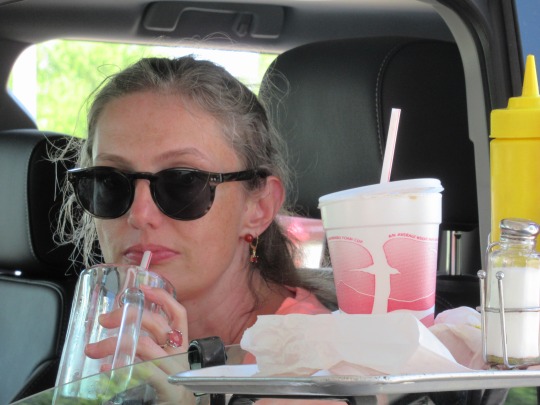
No Orange Clothes Day
No Orange Clothes Day commemorates the day in 1784 when the wearing of orange was banned in the Netherlands, a country often informally called Holland. Such a thing seems unconscionable today, as orange is now seen as the unofficial color of the Netherlands, and is worn and displayed everywhere. The color has a long and varied history in the country, dating back to the sixteenth century.
Why did orange become associated with the Netherlands? Orange is the color of the Dutch royal family, and its association with them goes back to William of Nassau, who is also known as William the Silent or William of Orange. William became the Prince of Orange in 1544, at the age of eleven, when the principality of Orange—which had previously been a French principality—came under his control.
In 1568, he became the leader of the Dutch revolt against the Spanish, which led to the creation of the Dutch Republic. The original flag was orange, blue, and white. Following William’s death, it was hard for his successors to hold the Republic together, and most of the power was held in the provincial Estates instead. The orange stripe in the flag was replaced with red. Instead of being a color representing the whole country, orange came to represent the color of the Stadholder, a term for the magistrate. This became even more the case, as the magistrates began to act more like monarchs.
The magistrates began losing power, but some people began giving them support and started wearing orange bows and ribbons. It was because of this that the Estates of Holland banned the wearing of orange on June 15, 1784. But, the Orange ideology began growing internationally and was embraced by groups such as the Protestants in Ireland. In 1813, the Orange monarchy was established in the Netherlands. Its ideology was no longer such an integral part of it, making it more palatable to ordinary citizens. The color orange was no longer illegal and began to have a broader appeal, although it did not completely unify the nation.
Reforms in 1848 lessened the power of the Princes of Orange, but when Queen Wilhelmina came to power in 1890, a lasting bond between the monarchy of the House of Orange and the people was formed. The color orange became celebrated widely. Some wanted the color added back to the Dutch flag, but the flag was officially proclaimed to be red, white, and blue in 1937. Orange continued to gain popularity on its own, being used in flags and banners—even outnumbering the official flag at sporting events and other celebrations.
Today, orange is a symbol of the whole Dutch nation, not just of the monarchy. It is a symbol of pride in being Dutch, and still draws on its history, being a symbol of resistance and sovereignty, just as it was during the time of William and the formation of the Republic. The wearing of orange in mass is known as “Oranjegekte,” meaning “Orange craze,” or “Oranjekoorts,” meaning “Orange fever.” It has been worn by the Dutch to World Cup events since about 1934, and most sports teams in the Netherlands use the color. Not only do the Dutch commonly wear orange in all forms of clothing, the color also covers their houses and shops, and cars and streets. Even some airplanes are painted orange. Orange banners are attached to the Dutch flag on royal birthdays, and the national holiday of Koningsdag, or King’s Day, is held each April and is one of the finest displays of Oranjegekte.
How to Observe No Orange Clothes Day
Although today is known as No Orange Clothes Day, it may actually be more fitting to wear orange clothes than to not wear them. You could wear orange to show your solidarity with the Dutch people, or your pride in the Netherlands if you are a citizen of—or have roots in—the country. But, if you would like to celebrate the day by not wearing orange, you could do that as well. It is really up to you. For those that really want to get into the celebration, a trip could be planned to the Netherlands, possibly to take place during Koningsdag.
Source
#Cudillero#Comillas#Lisboa#Lisbon#Castellfollit de la Roca#Spain#Portugal#Borgholm Castle#Landskrona Citadel#Sweden#tourist attraction#landmark#architecture#cityscape#original photography#Lake Överuman#Lapland#Van Wert#B & K Root Beer Stand#No Orange Clothes Day#USA#NoOrangeClothesDay#16 June 1784#16 June#summer 2021#2020#2019
0 notes